Elk Calling 101 and Elk Calls
There's nothing like the thrill, adrenaline, and satisfaction of making your first bugle that brings a big herd bull to return the call. Of course, each hunt requires a different strategy and calling skill to maximize your chance of success. But just like any performing skill, the right tools, practice, and a positive mindset will grant you the limitless potential for whatever you do.
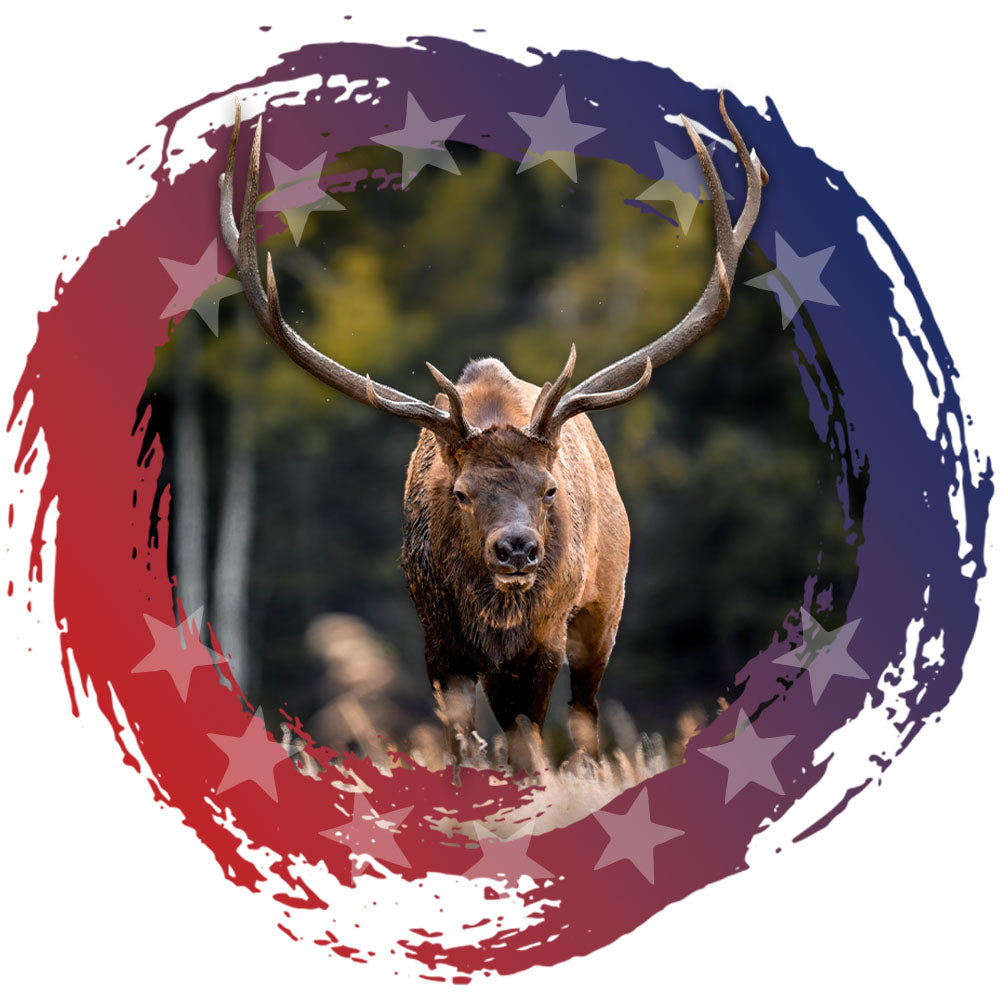
Liberty Game Calls is here to discuss the essentials for applying and honing the skills of elk calling to your hunt to achieve more consistent results. Be sure to get the hunting tools you need today for the next big elk hunt tomorrow!
About Us
Types of Elk Vocalizations
Compared to every big game mammal out west, Elk love to talk a lot. Each different Elk call has a purpose for taking advantage of their current and future actions while on the hunt. The first step towards mastering the art of elk calls comes from one simple act: listening. Bull and cow elk are constantly talking and revealing their intentions to hunters that actively listen and respond accordingly. With many hunting season dates correlating around the most vocally active seasons for elk, mastering the knowledge of vocalization will grant you a welcome edge.
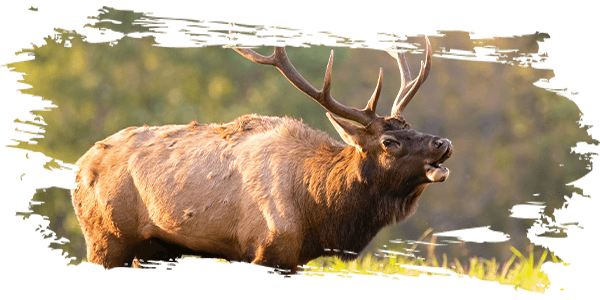
Barks
These sound just as you would think. The fast and fierce bark alerts other elk to notify them of danger in the area. If you hear elk bark, it's time to either reposition for another waiting game or take any potential shot you have set up at that moment.
Blast
This sound is very similar to a bark, but it’s slightly a more drawn-out vocal sound. To know the difference between a bark and a blast takes time to master. When an elk blasts it simply means “show yourself.” The elk is not yet alerting danger but is getting nervous and wants to see other elk. This call can also be used by the hunter when a bull won’t come out of the timber or hangs-up. You can blast at him to show himself. Often this will provoke a bull to come closer or if a bull in leaving the area he may even return if this call is used.
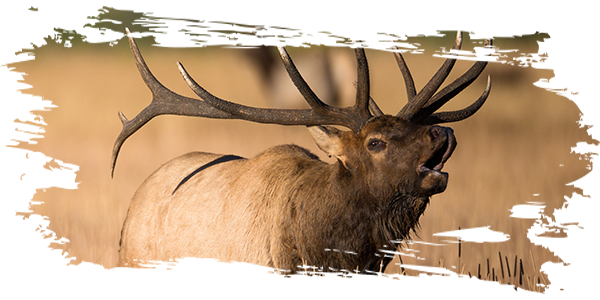
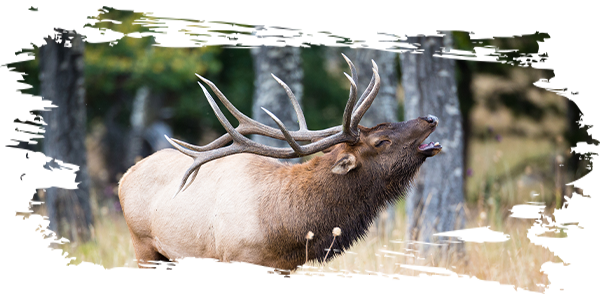
Bugle
The bugle is the most universally known elk call amongst hunters. Bull elk instinctively bugle to assert dominance and find other elk. You can use this fight for power to your advantage by mimicking your bugle elk calls to lure in a mature bull elk. There are multiple types of bugles and different meanings behind them. Learning these different bugles and there meanings is an important part to be being a successful hunter and elk caller.
Chirps
A social vocalization mainly used by cow elk. Chirps indicate a degree of social comfortability amongst multiple elk. Hunting strategies that use calls will time multiple chirps throughout the audible luring process to consistently invoke the illusion of various elk being comfortable in an area.
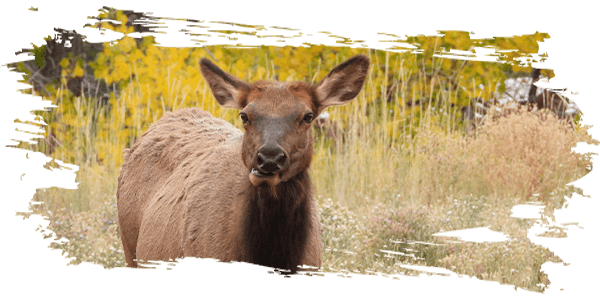
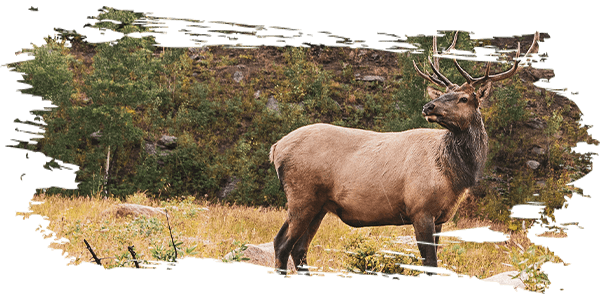
Chuckle
A series of low-pitched sounds that follow a bugle. The bull is asking the other elk he is communicating with to “come to him” or “come closer”. Use this in succession with your bugle calls to lure out any bulls in the area trying to indicate their dominance.
Mew
A multi-use call with the most open-ended interpretations of meaning. The mew call can range from simple gestures from cow to bull to signaling threats or potential spars between bulls. Hunters use the mew call as small extra additions placed around other calls to further emulate a safe elk space, taking advantage of emulating feelings of comfort based on their skills that can read the current intentions of the elk.
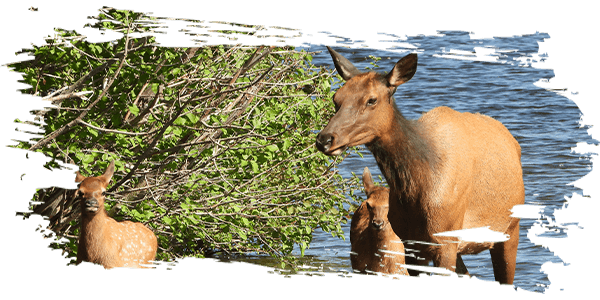
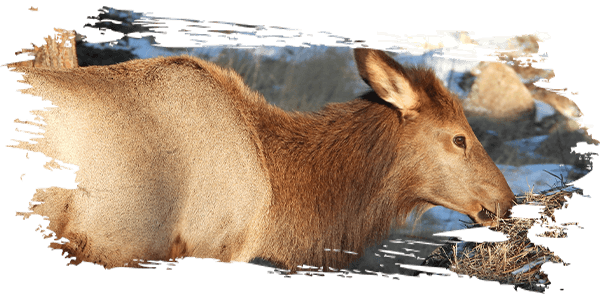
Estrus Buzz
This is a rare high-pitched whine followed by a vibrating buzz sound. This can indicate that a cow is in estrus or even if she just wants to lure a bull in. It may or may not mean she is really in estrus. Its just a way to provoke an emotional response from a bull.
Each of these vocalization types will be helpful as you venture and find yourself in ever-changing scenarios to adapt to the hunt. Liberty Game Calls has a collection that can effectively use all of these calls.
View Our CollectionLiberty Game Elk Bugles
Elk bugles are the trustiest tool to utilize your knowledge in elk calling. At Liberty Game Calls, we use innovative high-density materials that produce better more accurate sound, broader range, and further travel to allow you to call in the big bulls. Our Ridgeback external reed elk bugle allows for adjustable elk calls and the ability to create amazingly realistic elk sounds for those who may have trouble using a diaphragm. Our Lil' Big Horn external reed elk bugle with or without the external reed tower will offer the best high-pitched tones and tons of volume you need to call great distances and locate elk a mountain over. If you're looking for hyper-realism and flexibility while using a diaphragm reed, then the Revolution elk bugle is the way to go.
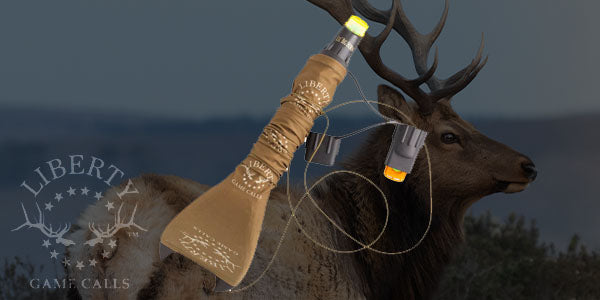
Always prepare for changes in weather and predator patterns. What seems like deficits can serve as strengths for your search when adapted correctly. Predicting and coordinating the habits of predators allows you to mentally mark areas that elk will most likely not go to, reducing the range you must consider traveling. Elk's coats retain heat well, so colder weather is not a deterrent from them being active in the wild. If you can prepare for a challenging hunt, the high activity of elk will serve to your advantage over other hunters that feel the need to stay home due to the weather.
Though each situation will call upon a unique approach, your reliable tools and increasing knowledge will provide you with the consistency needed to perform better and gain a much-needed edge. Additionally, Liberty Game Calls fully supports experimenting with different timbres and volumes with our tools to push and innovate potential strategies that can help you on your hunt.

Essential Elk Calling Advice
The ceiling for great elk calling skills is high, but you too can achieve such heights with practice reinforced from the knowledge you gain and the proper tools. Like playing a musical instrument, the combination of technical and performance skills is vital for capturing your elk audience.
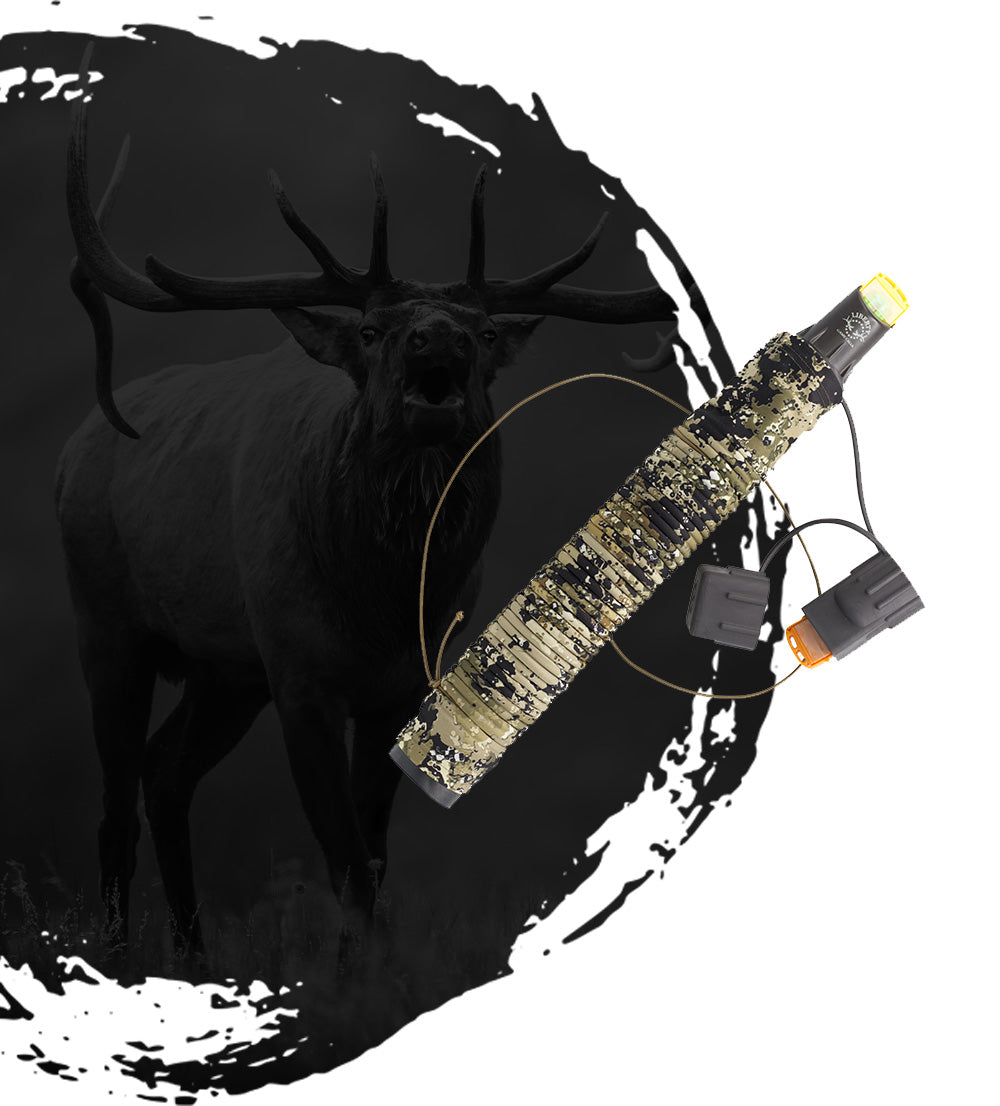
Bugle Call
Out of all the elk calls, the bugle call is the most essential for learning and developing your skills. Getting good at bugle calls will allow you to develop skills in chirps and mews as well. Like a woodwind instrument, control of your wind diaphragm will play a vital role in improving your technique for any bugle call. The presentation part of your elk calling performance comes from mastery in cadence. Once you learn to expand upon your rhythm for different situations, you'll be able to apply the knowledge you've learned to adapt to any situation outdoors while hunting for elk.
Cow Call
The cow call is just as crucial for your elk hunting toolkit. The cow call is similar in technique to how you would call wild turkeys in that it instigates a dominating call to action from males. Just like bugle calls, your cadence control will play a significant role in adjusting to the current situation of how many cows are in the area and how they respond to different social conditions from your lures.
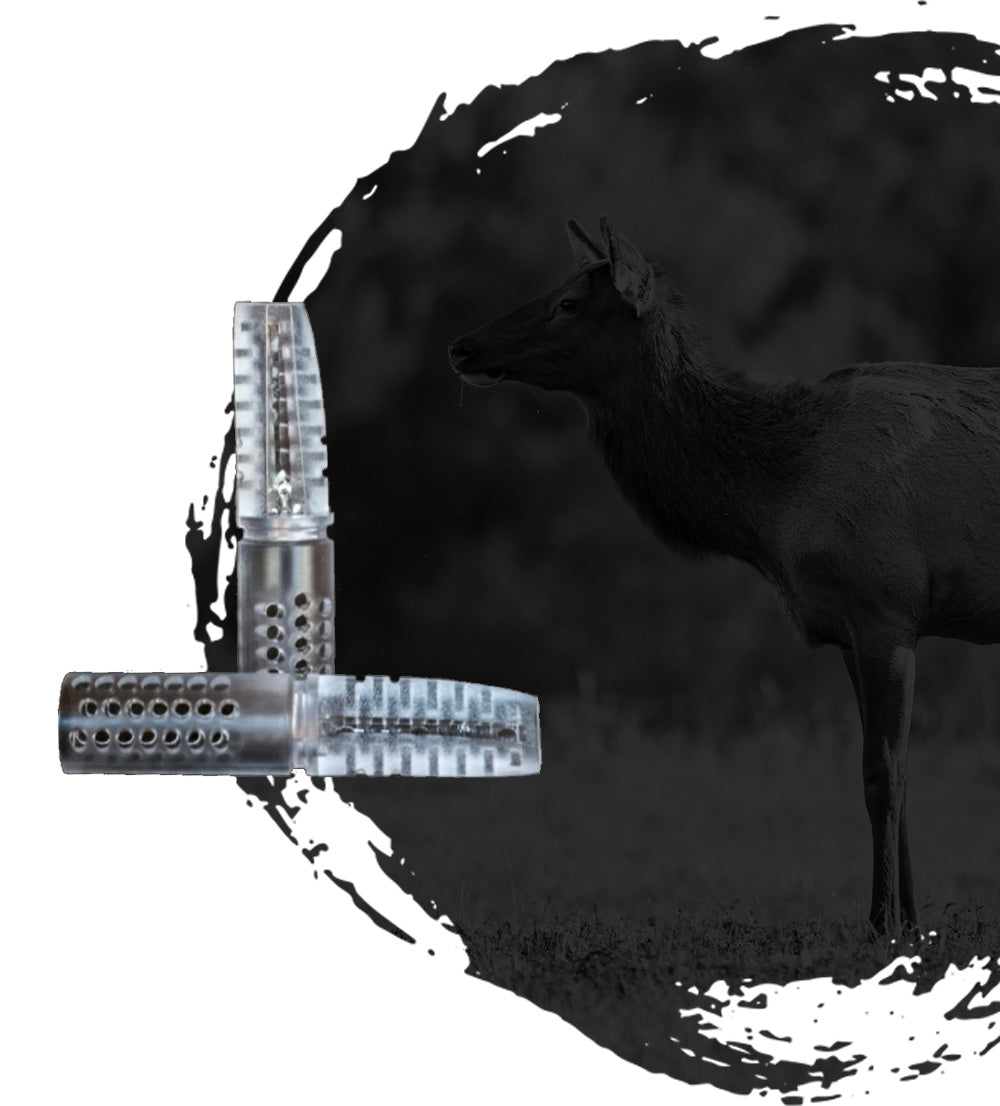
Staying on Top of Game Calls
Like any good music instructor would tell you, practice makes perfect, and technique becomes the reliable cushion to fall back on should anything not go as expected during your performance. Applying your knowledge with a gradual approach out in the field is the best thing you can do for each hunt. Don't let an unsuccessful hunt ever get you down; if you keep applying said knowledge with your developing skills, you will get your chance.
Hear The Lil' Big Horn BugleAt Liberty Game Calls our experience and industry leading elk call technology is here to help you get an edge over the evolving competition. Liberty Game Calls provides the knowledge and tools to see you succeed and enjoy the thrill of the hunt.
Shop Our Elk Calls Now